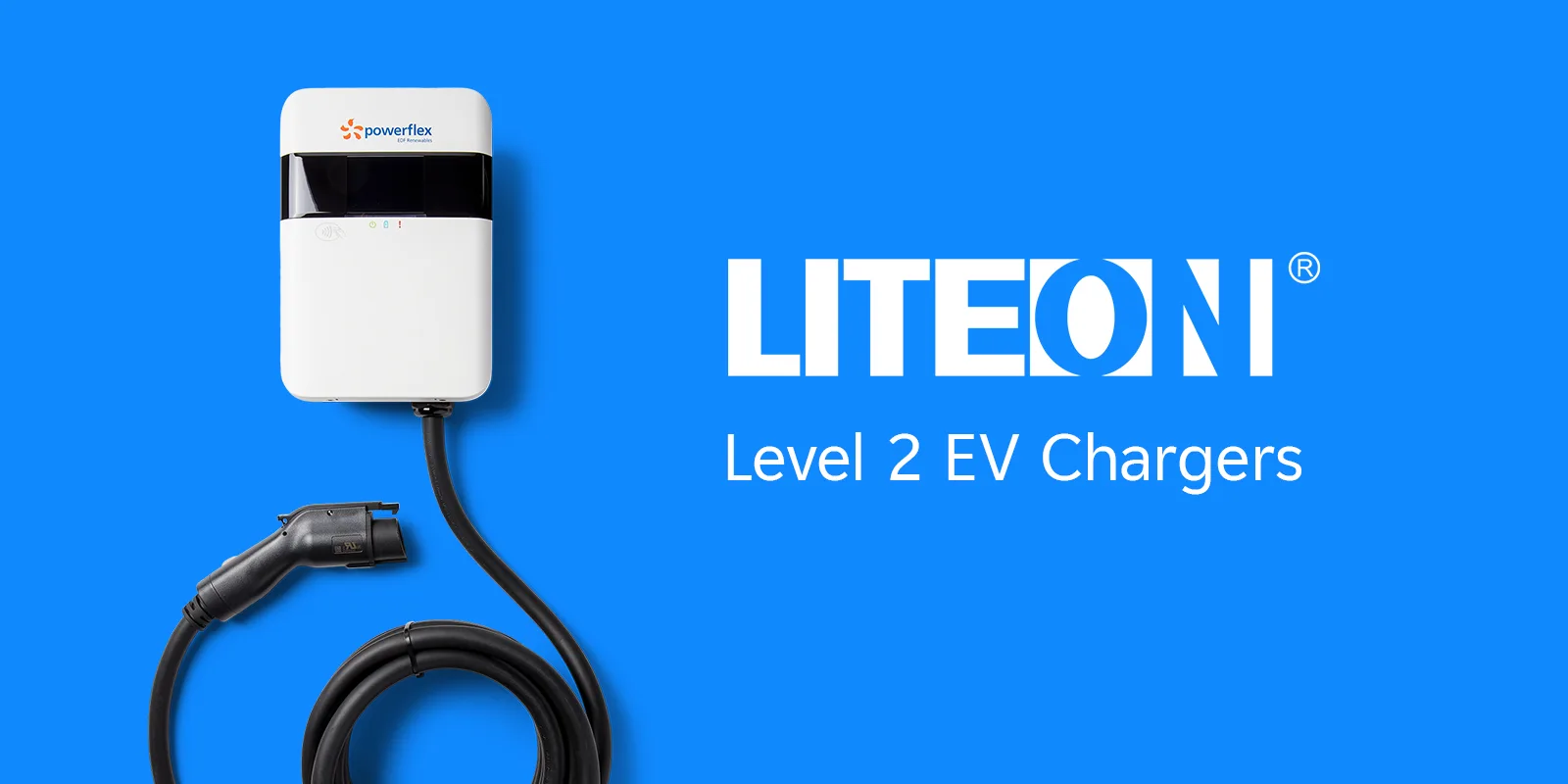The Road to NOI: How to Maximize Your EV Charging Net Operating Income

Talk with any stakeholder or investor long enough on nearly any decision and you’ll find yourself confronted with a single question: What’s the NOI? Net operating income, or NOI, is a financial metric used to measure the profitability of an income-generating property or business.
Unlike return on investment (ROI), which considers the total investment amount, NOI reflects a property’s ability to generate revenue from its operations alone. Installing electric vehicle (EV) chargers on site is a surefire path to more net operating income. Here’s a breakdown of how to maximize NOI, plus some tips to consider for your next — or first — EV charging project.
Why Is EV Charging Good for NOI?
With EVs expected to make up more than a third of new vehicle sales by the end of the decade, there is a pressing need for more places to charge EVs.
Property owners and managers who choose to install charging stations at their retail stores, multi-unit dwellings, and other types of locations not only reap the PR rewards of supporting clean transportation but also capture financial benefits that contribute to NOI.
EV owners will invariably want to shop and rent at properties where it’s easy to charge their cars. This boosts income for properties in the form of more sales and more leases. Owners can also opt to collect nominal fees from drivers, creating an additional, reliable revenue stream. (To learn more, download our e-book: The New Way to NOI.)
What Affects EV Charging NOI?
Installing EV chargers alone won’t guarantee success. In fact, for electric vehicle (EV) charging projects, NOI can be downright elusive if you’re not considering certain factors. Key financial metrics affecting EV charging NOI are:
- Revenue: The income generated from driver fees for charging their EVs
- Operating Costs: Expenses such as electricity bills, software and support services, and preventative maintenance
- Utilization Rate: How often drivers use the charging stations (higher utilization rates generally correlate with better financial performance)
Other factors can come into play as well. For example, some property managers charge a “lease adder” for tenant access to parking stalls with EV charging.
These variables are site-specific and property sensitive, but there’s one universality: Many owners and managers want to optimize charging station counts to satisfy tenant demands without over-investing. They also want to minimize stranded assets, that is, chargers that fall into disuse.
Keys to Maximizing NOI
A good way to limit negative project impacts and maximize NOI is by conducting a thorough site feasibility study and financial analysis to understand how EV charging stations stand to benefit your specific situation.
A smart tactic, especially for customers who are new to EV charging, is to consider a multi-phase approach. Starting with an initial charger count today (“Day 1”) and scaling up over time as EV adoption escalates is a great strategy for most first-time customers.
This is why working with an experienced EV charging project developer like PowerFlex is important. Experts can help you develop and execute a long-term EV strategy from initial project due diligence through construction, commissioning, and operation.
In addition to these services, a strong provider can carry out an NOI analysis as an essential step for ensuring that operators, owners, and managers understand the ongoing cash flows of the project.
Next Steps for More NOI
Want to jumpstart the process? Download the NOI worksheet in our free e-book, The New Way to NOI, to get a sense of where your proposed project stands. Just add your project inputs into the yellow cells. And when you’re ready to dive deeper, contact us for a full project consultation.




